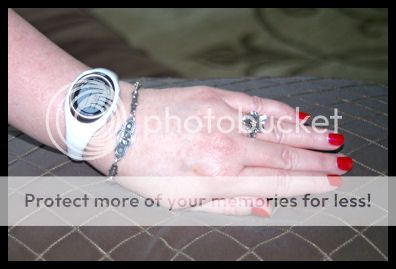So what do I do if just sitting gives me a 280/260 BP? : >
Deatheye, it sounds like you need to go to a doctor to get this checked out. As Kurt already posted, a resting blood pressure (BP) in this range is dangerous.
But assuming that you were talking about heart rate, and meant to type BPM (beats per minute), it's still something that should be checked out. Since this rapid heart rate happens while sitting you probably have some type of tachycardia other than POTS. Not all types of tachycardia are dangerous. It depends on what causes it, how long it lasts, etc.
For example, I've had some type of Paroxysmal SupraVentricular Tachycardia (PSVT) since I was about 11, long before I ever got ME/CFS at age 29. I don't know exactly which type of tachycardia because it has never been captured on an ECG or holter monitor. However, based on my description of the sudden start/stop, the heart rate measured, age of onset, and so on, doctors think it is probably AV nodal reentrant tachycardia. In my case, it has never been disabling or dangerous and it never interfered with work or exercise. It happens infrequently enough, and generally stops within 5 minutes or less (a few times longer than 20 minutes), that I've never had to have it treated. Generally the Valsalva maneuver stops it for me but sometimes it doesn't work and I just have to wait for my heart to reset itself.
I confess that I was pretty scared the first few times it happened when I was 11. But after 40 years it's simply tiring and annoying, not scary. It does freak out my husband quite a bit even after 26 years of marriage. He just can't conceive of a heart beating that fast and not calling 911 or something. I keep telling him it's just like a short circuit and not to worry so much.
Anyway, my main point is that if your heart rate ever gets to 280 BPM while sitting then it's best to be checked out by a doctor. You may need treatment (drugs, ablation surgery, etc.) or it may be simply a nuisance like mine. See
http://www.webmd.com/heart-disease/guide/heart-disease-abnormal-heart-rhythm for one of the many web sites on this issue.

